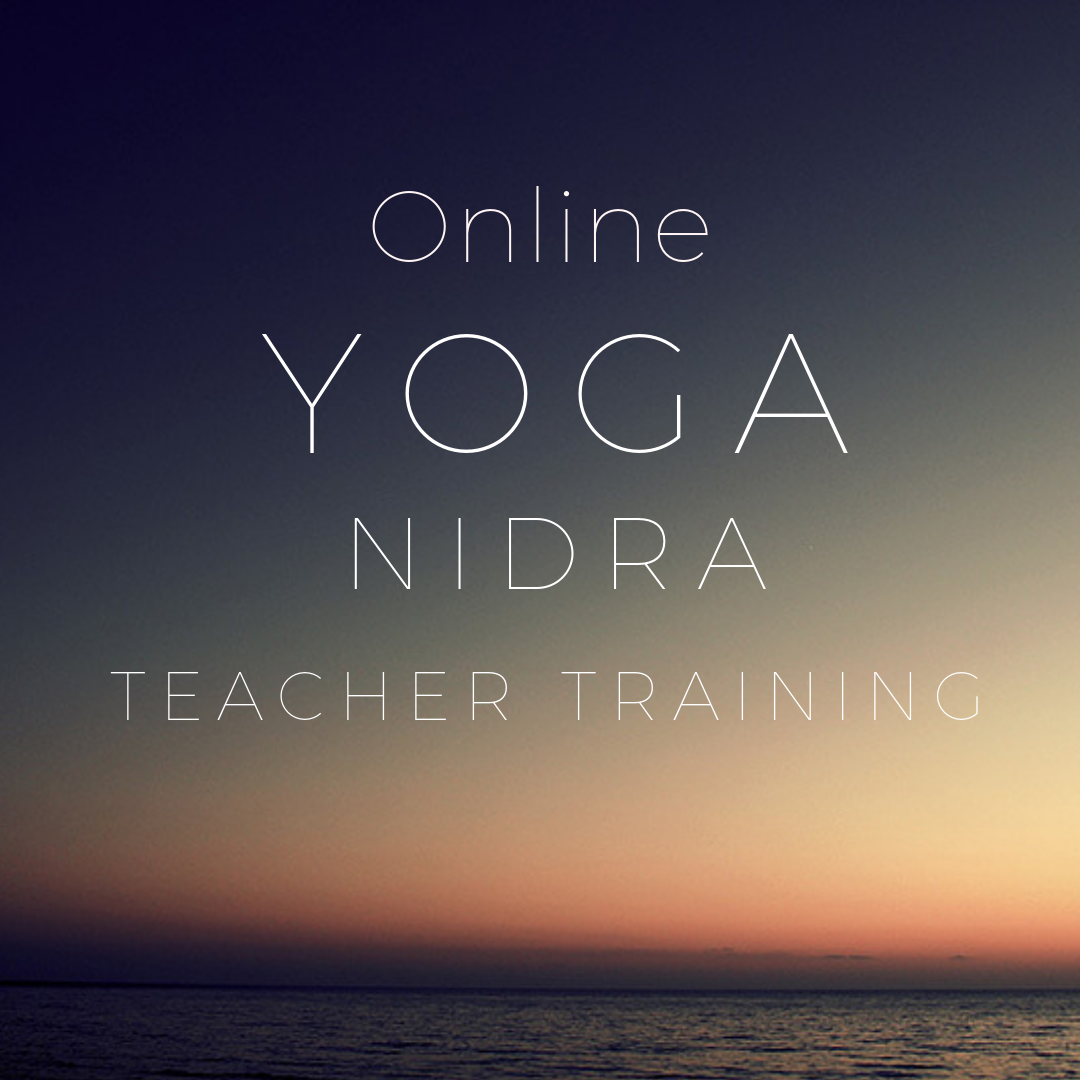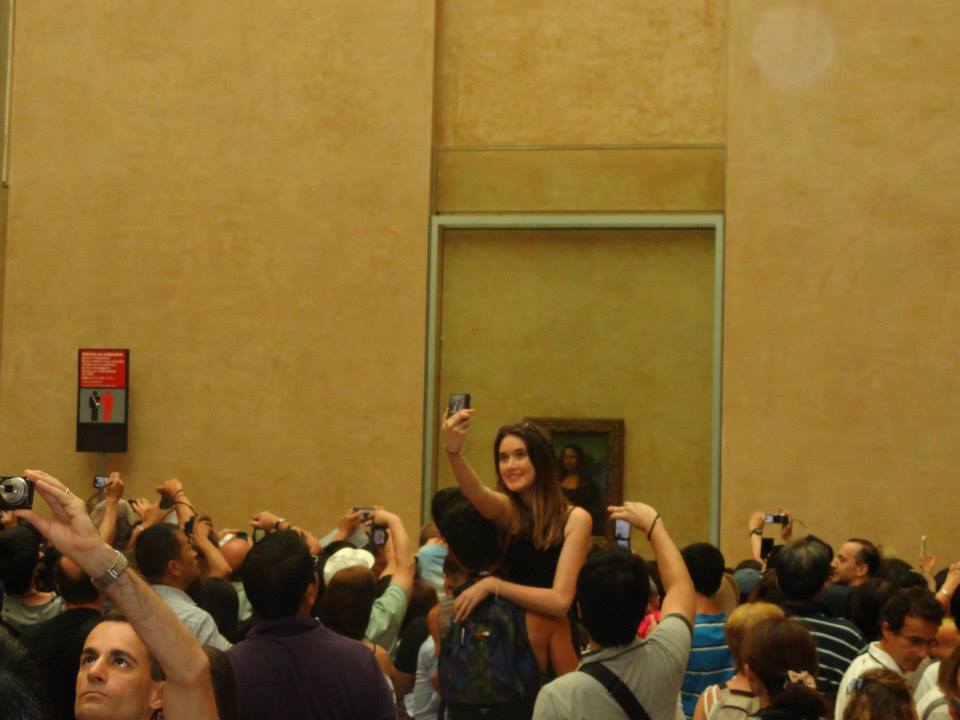Paris. Summertime. Rush hour.
I was crammed into an aisle-seat near the back of a hot and crowded bus, staring out the window, hypnotized by the waves of afternoon traffic, as the City of Love passed me by. It was a complex modern ballet of busses and bikes, cars and pedestrians.
A sharp bump on my shoulder ripped me from my daydream. I glanced up to see a man in his late 50s or early 60s wearing a crisp, starched shirt, a broad smile, and the unmistakable opaque sunglasses of someone who is blind.
“Excusez-moi!” the man said with an assured and happy tone, my annoyance instantly neutered by his obvious good nature. “Pas de problem,” I responded sincerely and watched as he proceeded to literally bump his way, inch by inch, body by body, toward the front of the tightly-packed bus.
It was a labored birth of bumping, squeezing, and "excuzez-moi-ing" to arrive at the front of the bus but I didn't sense any embarrassment or self-consciousness on part the of the blind man. I could only hear his good-natured, "Excusez-moi!" echoing regularly through the bus. The man’s happy heart was contagious and soon it had brightened the bus’s entire atmosphere.
At the front of the bus, the blind man leaned in and spoke a few essential words to the driver and a few minutes later the bus made an impromptu stop. “Merci,” the blind man offered to the driver as the hydraulic doors hissed, opening like some giant whale ready to spew Jona back out into the raging sea of afternoon traffic. The blind man groped the handrail as he shuffled toward the door. Standing on the lip of the bus, he probed the space beyond with a deft toe, trying to gauge the distance to the street below and not finding it, I watched his faith appear like wings as he released the handrail, falling in the darkness for a half-second before his foot found terra firma. He landed doing a few quick tap-dance steps to find his balance. I watched from the bus window as he walked in short steps searching for the sidewalk. His feet found the curb and he stumbled up onto the sidewalk entering the rapid of foot traffic.
I worried for this man. This was the kind of traffic that required all of your senses to be on high alert, and perhaps even a guardian angel, to manage safely. The blind man didn't even have a walking stick. In this dense current, it would not have helped.
Once planted firm on the sidewalk, he stopped and stood mid-current as busy passers-by swirled around him and continued down stream. He stood like a fly fisherman, legs firm against the flow, then lifted his bright face upward above the din of the crowd and made some sort of plea above the deluge, perhaps asking if someone might point him in the right direction.
As if cued by some cosmic Paris City stage manager, no sooner than making his ask did a beautiful woman materialize from the busy crowd, smartly-dressed wearing heels and a light floral skirt and blouse. A complete stranger. She met the blind man with a gentle touch on his arm then casually wrapped her other hand affectionately through his bent elbow. After no more than a few seconds, the new pair made a quick quarter-turn and started strolling arm-in-arm across the crowded Pont Neuf, chatting and laughing as naturally and casually as if they had known each other for years and were on their regular date to promenade the Latin Quarter for an opera matinée.
The smile on the blind man’s face never waivered once. It was as if he had expected his beautiful angel to escort him across the bridge. A reluctant voyeur, I nonetheless wished like hell that I could somehow hear their conversation as they walked down the street. As I watched them stroll away, walking together, I felt their combined light.
Though the man’s eyes were blind, clearly he had honed other essential senses, like those hinted at by the wise fox in The Little Prince who said, “One can only see well with the heart. What is essential is invisible to the eyes.” This blind man’s palpable heart light was evidence that he could see the world in ways that many others could not.
This was several years ago, though I replay that scene often in my memory. Sometimes, I feel like I'm blindly stumbling through life, walking around busy streets, tripping off the bus, bumping into the sidewalk, and graciously, not without some self-deprecating humor, asking humbly for some kind soul, some angel of light, to give me direction, to hold my arm and steer me to the other side of the river, over the bridge, toward something new.
And sometimes I pray to hidden angels: “Let me learn to be blind, if only for a while, so that I may feel rather than analyze my way through life. Let me learn to see a different, more essential kind of light. Let me learn to ask for help. Let me know of some deeper magic within. Let me learn to trust my deepest heart’s direction.”
Amid the current of life, sometimes I stumble onto my yoga mat or my meditation cushion and practice going inside. There I practice seeing what is essential. There, I discover a whisper of faith telling me that more important than mapping out each step of my life in meticulous detail, my true work lies in learning to know the light in my heart. By closing my eyes I find true sight.
Armed with inner-sight, I can feel my way toward where I need to go, knowing I’ll find my angels along the way. Then, all of the details and particulars of my life will naturally grow and evolve as they should.
My heart tells me to go ahead and make my plea to the Universe against the din of the world’s rushing current, to ask for what I want and where to go and what to do. Then to watch what emerges. My heart tells me that I must learn to be lost, to ask directions, and ask permission. I must risk a little. I must risk it all. I must learn to fall. I must keep my heart open. I must learn to say I’m sorry. I must have faith. I must learn to love despite it all.
Wherever you might be stumbling in life, I hope you stumble onto your mat or meditation cushion and practice finding your inner vision. Don’t be surprised when your smartly-dressed angel materializes from the current to greet you at the corner of hope and I don’t know what.
May we all link arms as we move blindly through this life together, illuminated by some deeper light, while crossing the bridge from old to new on our way in this opera of life through the City of Love.












